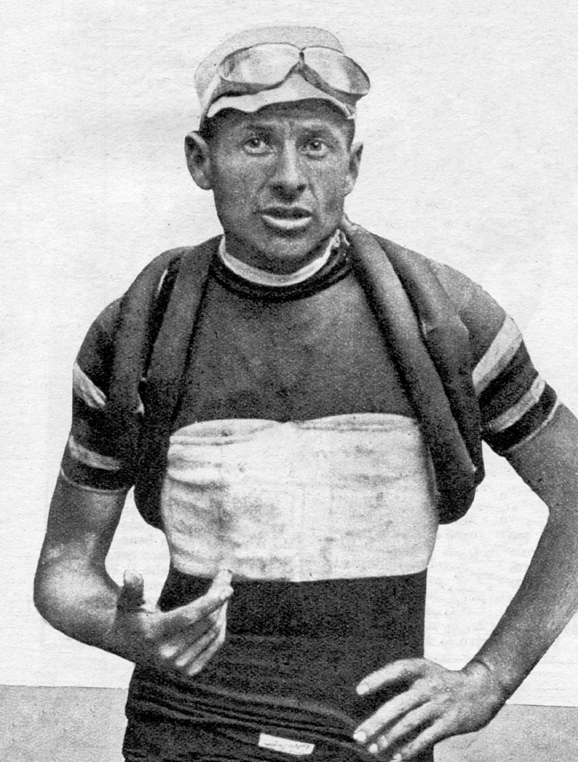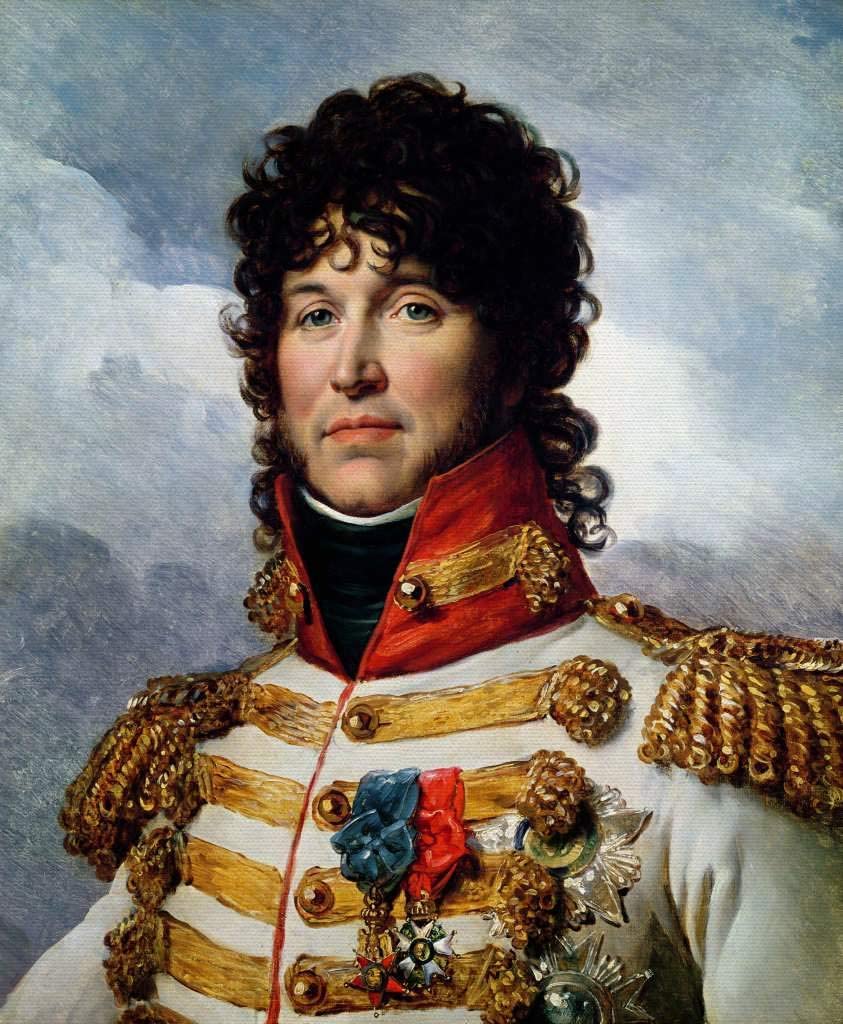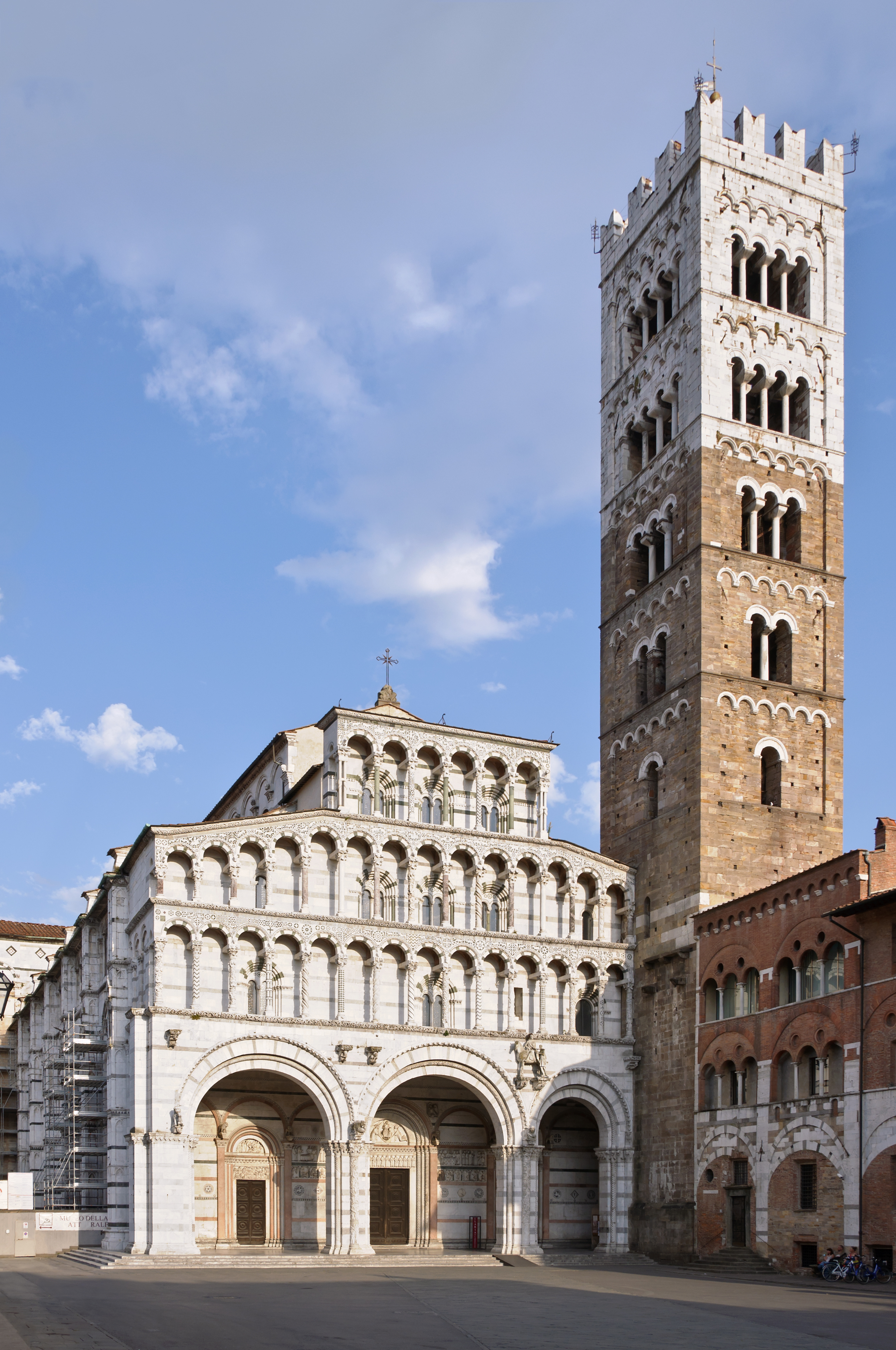|
1927 Giro D'Italia
The 1927 Giro d'Italia was the 15th edition of the Giro d'Italia, a Grand Tour organized and sponsored by the newspaper ''La Gazzetta dello Sport''. The race began on 15 May in Milan with a stage that stretched to Turin, finishing back in Milan on 6 June after a stage and a total distance covered of . The race was won by Alfredo Binda of the Legnano team. Second and third respectively were the Italian riders Giovanni Brunero and Antonio Negrini. 266 riders started the race, and 80 crossed the finish line of the final stage. It was the first Giro with a modern design: in the same period of time of the previous Giro, three more stages were included, which replaced three days of rest. At the same time the stages became shorter (only one passed 300 km). In 1927 Binda was at the apex of its career, and it triumphed winning 12 stages out of 15: a record still to be surpassed. Binda led the general classification from the first to the last stage (only Girardengo had alr ... [...More Info...] [...Related Items...] OR: [Wikipedia] [Google] [Baidu] |
Alfredo Binda
Alfredo Binda (11 August 1902 – 19 July 1986) was an Italian road cyclist of the 1920s and 1930s. He was the first to win five editions of the Giro d'Italia, and a three-time world champion. In addition he won Milan–San Remo twice, and the Tour of Lombardy four times. Later he would manage the Italian National team. Under him, Fausto Coppi, Gino Bartali and Gastone Nencini all triumphed at the Tour de France. Early life Binda was born in Cittiglio near Varese but moved to Nice, in southern France as a teenager. He found work with his uncle as an apprentice plasterer, but he and brother Primo spent their free time cycling. He began racing in September 1921, aged 19. He won his first race (though he was subsequently disqualified) and it was clear from the outset that he was immensely gifted as both time trialist and climber. Binda was a trained trumpet player, and was nicknamed "Trombettiere di Cittiglio" ("The Trumpeter of Cittiglio"). Cycling career Enticed by a 5 ... [...More Info...] [...Related Items...] OR: [Wikipedia] [Google] [Baidu] |
Arturo Bresciani
Arturo Bresciani (25 June 1899 – 17 June 1948) was an Italian cyclist. He competed in two events at the 1924 Summer Olympics The 1924 Summer Olympics (french: Jeux olympiques d'été de 1924), officially the Games of the VIII Olympiad (french: Jeux de la VIIIe olympiade) and also known as Paris 1924, were an international multi-sport event held in Paris, France. The op .... He also won stage 11 of the 1927 Giro d'Italia. References External links * 1899 births 1948 deaths Italian male cyclists Italian Giro d'Italia stage winners Olympic cyclists for Italy Cyclists at the 1924 Summer Olympics Sportspeople from Verona Cyclists from the Province of Verona {{Italy-cycling-bio-stub ... [...More Info...] [...Related Items...] OR: [Wikipedia] [Google] [Baidu] |
Pesaro
Pesaro () is a city and ''comune'' in the Italian region of Marche, capital of the Province of Pesaro e Urbino, on the Adriatic Sea. According to the 2011 census, its population was 95,011, making it the second most populous city in the Marche, after Ancona. Pesaro was dubbed the "Cycling City" (''Città della Bicicletta'') by the Italian environmentalist association Legambiente in recognition of its extensive network of bicycle paths and promotion of cycling. It is also known as "''City of Music''", for it is the birthplace of the composer Gioacchino Rossini. In 2015 the Italian Government applied for Pesaro to be declared a "Creative City" in UNESCO's World Heritage Sites. In 2017 Pesaro received the European City of Sport award together with Aosta, Cagliari and Vicenza. Local industries include fishing, furniture making and tourism. In 2020 it absorbed the former ''comune'' of Monteciccardo, now a ''frazione'' of Pesaro. History The city was established as ''Pisaurum'' ... [...More Info...] [...Related Items...] OR: [Wikipedia] [Google] [Baidu] |
Pescara
Pescara (; nap, label=Neapolitan language, Abruzzese, Pescàrë; nap, label=Neapolitan language, Pescarese, Piscàrë) is the capital city of the Province of Pescara, in the Abruzzo Regions of Italy, region of Italy. It is the most populated city in Abruzzo, with 119,217 (2018) residents (and approximately 350,000 including the surrounding metropolitan area). Located on the Adriatic coast at the mouth of the Aterno-Pescara River, the present-day municipality was formed in 1927 joining the municipalities of the old Pescara fortress, the part of the city to the south of the river, and Castellamare Adriatico, the part of the city to the north of the river. The surrounding area was formed into the province of Pescara. The main commercial street of the city is Corso Umberto I, which runs between two squares, starting from ''Piazza della Repubblica'' and reaching the seacoast in ''Piazza Primo Maggio''. The rectangle that it forms with Corso Vittorio Emanuele II and Via Nicola Fabrizi ... [...More Info...] [...Related Items...] OR: [Wikipedia] [Google] [Baidu] |
Campobasso
Campobasso (, ; nap, label= Campobassan, Cambuàsce ) is a city and ''comune'' in southern Italy, the capital of the region of Molise and of the province of Campobasso. It is located in the high basin of the Biferno river, surrounded by Sannio and Matese mountains. Campobasso is renowned for the craftsmanship of blades (including scissors and knives), a fact well documented since the 14th century. It is also famous for the production of pears and scamorza (cheese). The city is the home of the University of Molise and of the Archdiocese of Campobasso-Boiano. History The origins of Campobasso are disputed. According to the most widely held theory, the city was founded by the Lombards before the 8th century as a fortified camp on the slope of the hill where the castle stands. The original name was ''Campus vassorum'', suggesting that the city was the seat of the vassals of the duke of Spoleto. After the Norman conquest of Southern Italy, Campobasso lost its importance ... [...More Info...] [...Related Items...] OR: [Wikipedia] [Google] [Baidu] |
Bari
Bari ( , ; nap, label= Barese, Bare ; lat, Barium) is the capital city of the Metropolitan City of Bari and of the Apulia region, on the Adriatic Sea, southern Italy. It is the second most important economic centre of mainland Southern Italy after Naples. It is a port and university city, as well as the city of Saint Nicholas. The city itself has a population of 315,284 inhabitants, over , while the urban area has 750,000 inhabitants. The metropolitan area has 1.3 million inhabitants. Bari is made up of four different urban sections. To the north is the closely built old town on the peninsula between two modern harbours, with the Basilica of Saint Nicholas, the Cathedral of San Sabino (1035–1171) and the Hohenstaufen Castle built for Frederick II, which is now also a major nightlife district. To the south is the Murat quarter (erected by Joachim Murat), the modern heart of the city, which is laid out on a rectangular grid-plan with a promenade on the sea and th ... [...More Info...] [...Related Items...] OR: [Wikipedia] [Google] [Baidu] |
Avellino
Avellino () is a town and ''comune'', capital of the province of Avellino in the Campania region of southern Italy. It is situated in a plain surrounded by mountains east of Naples and is an important hub on the road from Salerno to Benevento. History Before the Roman conquest, the ancient ''Abellinum'' was a centre of the Samnite Hirpini, located on the Civita hill some outside the current town, in what is now Atripalda. The city could correspond to the ancient ''Velecha'', documented by coins found in the area. ''Abellinum'' was conquered by the Roman Republic, Romans in 293 BC, changing name several times in the following centuries (''Veneria'', ''Livia'', ''Augusta'', ''Alexandriana'', and ''Abellinatium''). However, the construction of a true Roman town occurred only after the conquest by Lucius Cornelius Sulla in the Sulla's civil war, civil wars in 89 BC. He razed the old site and in 82 BC founded the colony Veneria Abellinatium on the left bank of the river Sabato. Th ... [...More Info...] [...Related Items...] OR: [Wikipedia] [Google] [Baidu] |
Naples
Naples (; it, Napoli ; nap, Napule ), from grc, Νεάπολις, Neápolis, lit=new city. is the regional capital of Campania and the third-largest city of Italy, after Rome and Milan, with a population of 909,048 within the city's administrative limits as of 2022. Metropolitan City of Naples, Its province-level municipality is the third-most populous Metropolitan cities of Italy, metropolitan city in Italy with a population of 3,115,320 residents, and Naples metropolitan area, its metropolitan area stretches beyond the boundaries of the city wall for approximately 20 miles. Founded by Greeks in the 1st millennium BC, first millennium BC, Naples is one of the oldest continuously inhabited urban areas in the world. In the eighth century BC, a colony known as Parthenope ( grc, Παρθενόπη) was established on the Pizzofalcone hill. In the sixth century BC, it was refounded as Neápolis. The city was an important part of Magna Graecia, played a major role in the merging ... [...More Info...] [...Related Items...] OR: [Wikipedia] [Google] [Baidu] |
Rome
, established_title = Founded , established_date = 753 BC , founder = King Romulus ( legendary) , image_map = Map of comune of Rome (metropolitan city of Capital Rome, region Lazio, Italy).svg , map_caption = The territory of the ''comune'' (''Roma Capitale'', in red) inside the Metropolitan City of Rome (''Città Metropolitana di Roma'', in yellow). The white spot in the centre is Vatican City. , pushpin_map = Italy#Europe , pushpin_map_caption = Location within Italy##Location within Europe , pushpin_relief = yes , coordinates = , coor_pinpoint = , subdivision_type = Country , subdivision_name = Italy , subdivision_type2 = Regions of Italy, Region , subdivision_name2 = Lazio , subdivision_type3 = Metropolitan cities of Italy, Metropolitan city , subdivision_name3 = Metropolitan City of Rome Capital, Rome Capital , government_footnotes= , government_type = Mayor–council gover ... [...More Info...] [...Related Items...] OR: [Wikipedia] [Google] [Baidu] |
Grosseto
Grosseto () is a city and ''comune'' in the central Italian region of Tuscany, the capital of the Province of Grosseto. The city lies from the Tyrrhenian Sea, in the Maremma, at the centre of an alluvial plain on the Ombrone river. It is the most populous city in Maremma, with 82,284 inhabitants. The comune of Grosseto includes the '' frazioni'' of Marina di Grosseto, the largest one, Roselle, Principina a Mare, Principina Terra, Montepescali, Braccagni, Istia d'Ombrone, Batignano, Alberese and Rispescia. History The origins of Grosseto can be traced back to the High Middle Ages. It was first mentioned in 803 as a fief of the Counts Aldobrandeschi, in a document recording the assignment of the church of St. George to Ildebrando degli Aldobrandeschi, whose successors were counts of the Grossetana Mark until the end of the 12th century. Grosseto steadily grew in importance, owing to the decline of Rusellae and Vetulonia until it was one of the principal Tuscan ... [...More Info...] [...Related Items...] OR: [Wikipedia] [Google] [Baidu] |
Lucca
Lucca ( , ) is a city and ''comune'' in Tuscany, Central Italy, on the Serchio River, in a fertile plain near the Ligurian Sea. The city has a population of about 89,000, while its province has a population of 383,957. Lucca is known as one of the Italian's "Città d'arte" (Arts town), thanks to its intact Renaissance-era city walls and its very well preserved historic center, where, among other buildings and monuments, are located the Piazza dell'Anfiteatro, which has its origins in the second half of the 1st century A.D. and the Guinigi Tower, a tower that dates from the 1300s. The city is also the birthplace of numerous world-class composers, including Giacomo Puccini, Alfredo Catalani, and Luigi Boccherini. Toponymy By the Romans, Lucca was known as ''Luca''. From more recent and concrete toponymic studies, the name Lucca has references that lead to "sacred wood" (Latin: ''lucus''), "to cut" (Latin: ''lucare'') and "luminous space" (''leuk'', a term used by ... [...More Info...] [...Related Items...] OR: [Wikipedia] [Google] [Baidu] |







